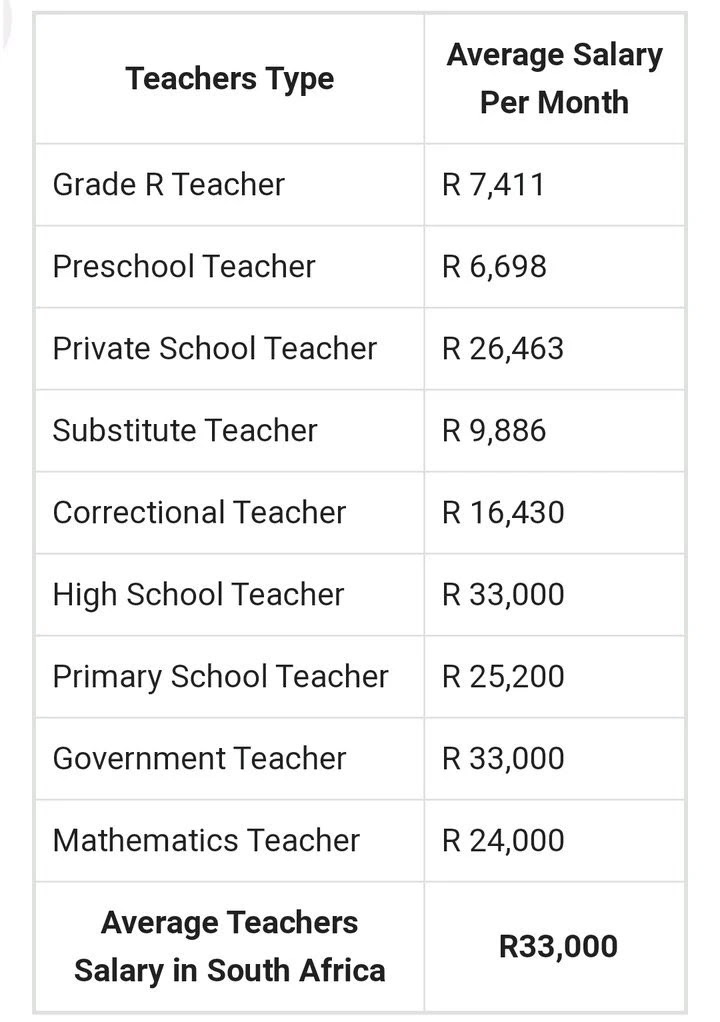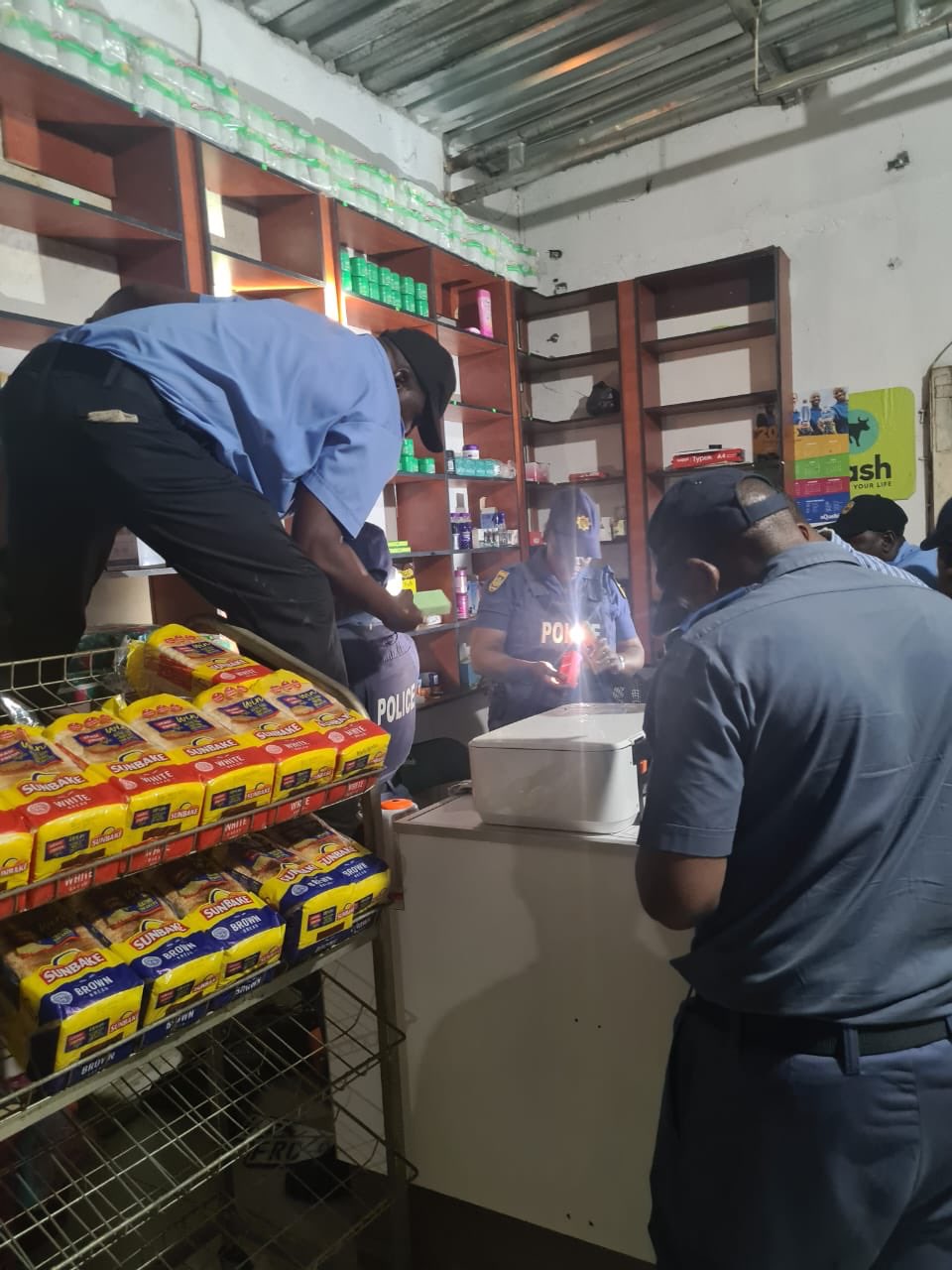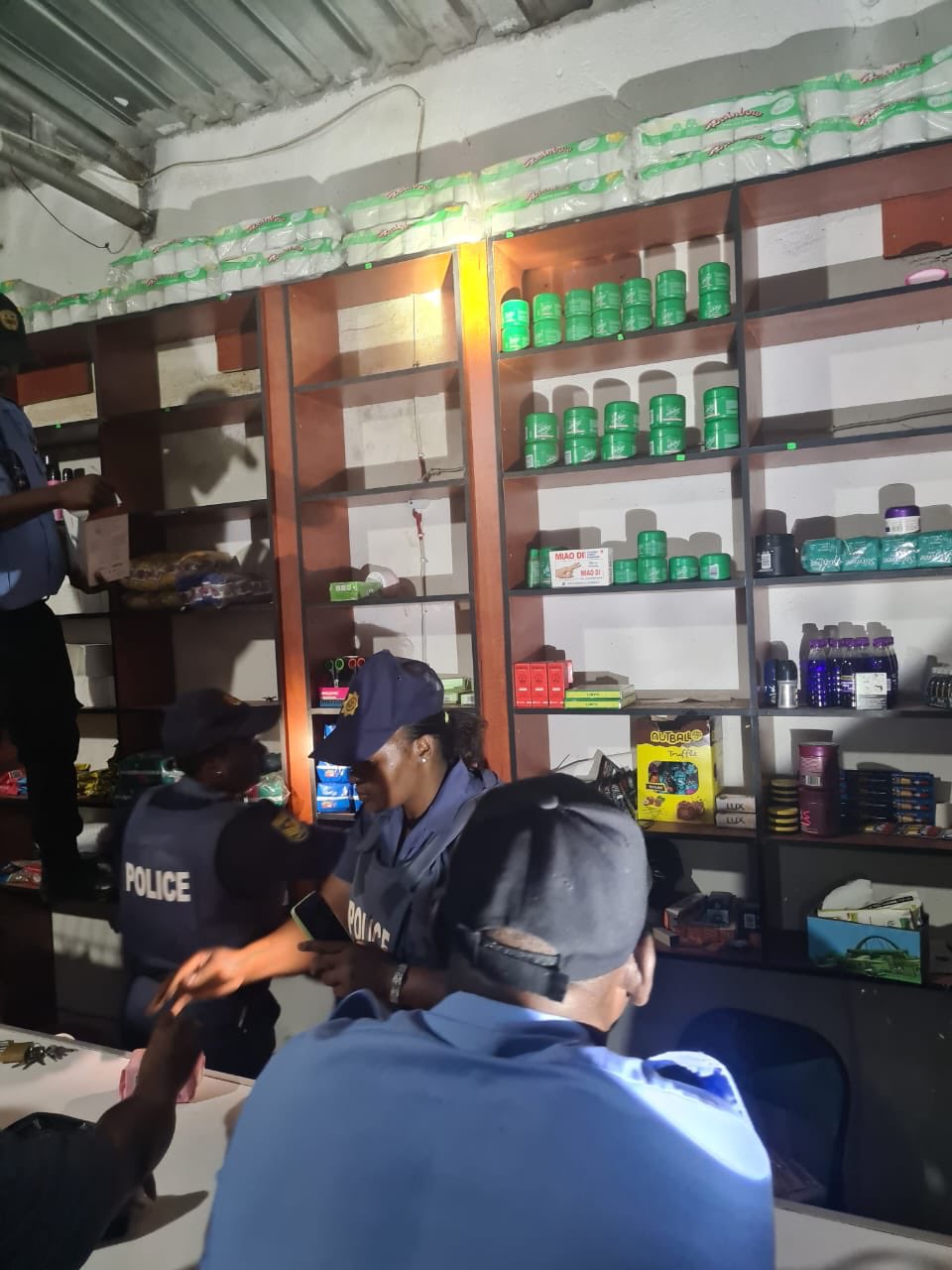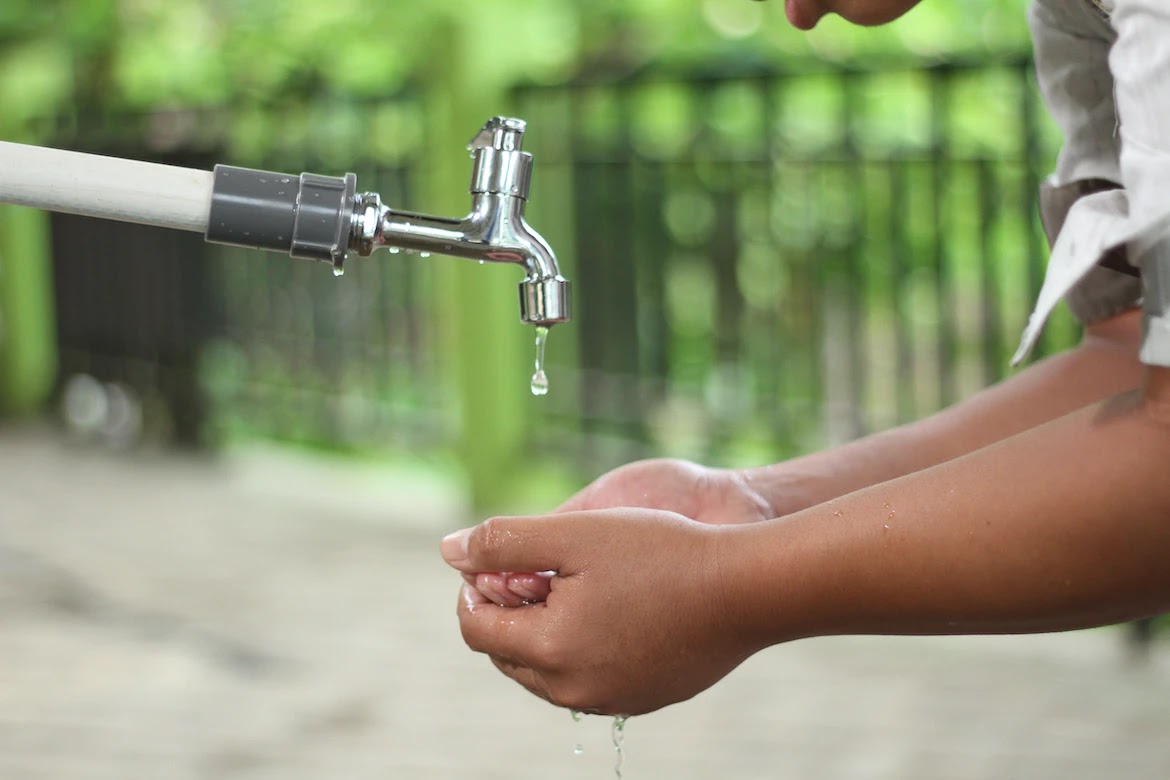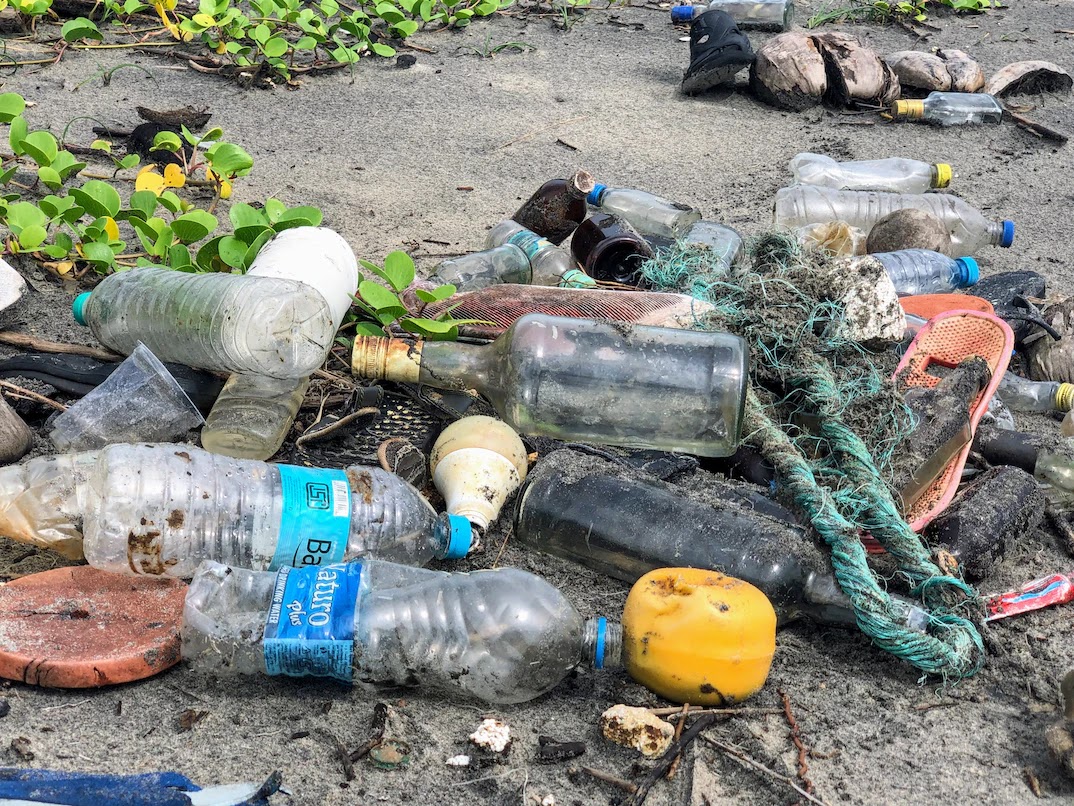.webp) |
| R350 SRD Banking Details Submission |
This article will walk you through the srd.sassa.gov.za banking details submission process. It is important that you provide the correct banking details in order to receive your SRD R350 grant money. There were initially some fairly significant delays of grant payment due to problems with bank details not being verified. SASSA have now officially made a statement about how the process works and what steps should be taken.
Please remember to be very careful submitting your bank details and make sure you only provide your details to the Official SASSA websit.
How To Submit Banking Details To Sassa
You can update any banking details which may have been initially provided incorrectly on the SRD website and/or alter their responses to the screening questions asked in their application. This can be done by following the below instructions:
•Access the SRD website at srd.sassa.gov.za.
•Scroll down to the “How do I change my banking details” section
•Enter your ID number
•An SMS / Text message containing the sassa banking details link will be sent to the mobile phone number used when registering for the SRD application.
•Open the banking details link in the SMS and follow the instructions.
If you select for the payment to go into a bank account, please make sure that you are the owner of the bank account. SASSA will not be able to pay your grant into another person’s bank account.
If you select the money transfer option via one of the major banks, please make sure that the cellphone number on which you received the SMS is registered in your name. SASSA will not pay your grant if the mobile phone number which is registered is for another person. New banking details will only be used for future payments, after verification has been processed. If you do not have the correct banking details on the site, then it is likely your sassa status check will come back as not approved.
How To Change Banking Details On Sassa
If you would like to change your existing banking you can follow the same above process.
•Go to the SASSA SRD website at srd.sassa.gov.za.
•Select “How do I change my banking details” section
•Enter your South African ID number
•A SMS will then be sent to you containing the sassa banking details link
•You can open the the banking details link from the SMS and follow the instructions to change your bank details.





